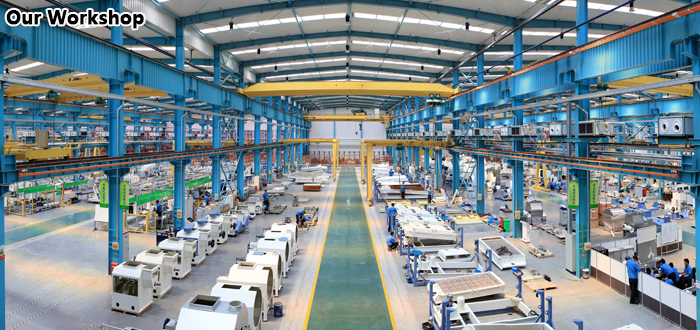Home>>News
Machineryshops.com
Feed Plant Layout and Design
Plant layout design plays an important part in the design and engineering phases of any industrial facility. The plant layout designer is skilled primarily in the development of equipment arrangements and piping layouts for process industries. Process facilities must be designed while adhering to maintenance, safety and quality standards; moreover, the design must take constructability, economics and operations into account.
***Setting all equipment locations– This activity includes input from construction on erection sequences or on special problems associated with setting large pieces of equipment. Choosing equipment locations includes setting coordinates in two directions and finalizing equipment elevations, whether they are centerline, tangent line, or bottom of base plate.
***Designing all structures and positioning the associated stairways, ladders, and platforms–In general, the designer makes provisions to satisfy all operational, maintenance, and safety requirements for access to and clearance around equipment.
***Planning unobstructed areas for necessary steel members or structures that facilitate all plant maintenance requirements.
***Establishing all equipment nozzle locations satisfy all process, utility and instruments equipments.
***Locating all safety items (e.g. fire hydrants monitors, and safety shower stations).
***Locating all miscellaneous items (e.g., filter silencers, and analyzer houses).
General plant arrangement must be consistent with prevailing atmospheric and site conditions as well as with local codes and regulations. Equipment must be grouped within common process areas to suit independent operation and shutdown. Equipment within process and off-site areas must be arranged to accommodate operational and maintenance access and to meet the safety requirements.
Process units, buildings, and groups of off-site areas (e.g. tank farms) are serviced by auxiliary roads for maintenance and fire fighting . Equipment location must facilitate in-place maintenance by mobile equipment. Process equipment must be enclosed in shelters only when required by extreme climatic conditions or client preferences.
Related products at Machineryshops.com: http://www.machineryshops.com/
Reviews
Write a review
If you would like to write a review, please login first.










